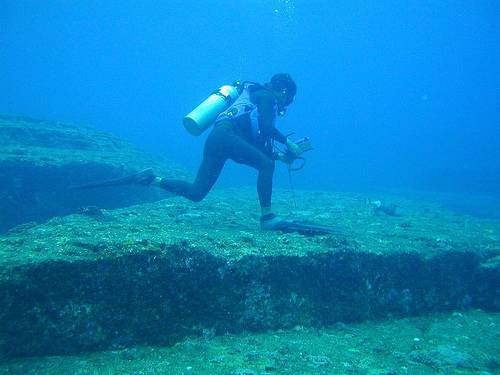In 1913, Chicago housewife Pearl Curran was messing around with a Ouija board when she claimed to receive the message “Many moons ago I lived. Again I come. Patience Worth my name. If thou shalt live, so shall I.”
On investigating the name, she claimed to find that a Patience Worth had lived in Dorsetshire, England, in either 1649 or 1694. Through the Ouija board Patience told Curran that she had moved to the United States and been murdered by Indians. “From England across the sea. Could I but hold your ear for the lessons I could teach!”
So Pearl/Patience began to publish novels, stories and poetry. Critics pointed out that a 17th-century spirit shouldn’t be able to produce a Victorian novel, as Patience did, but supporters argued that the language she used was beyond Pearl’s normal abilities.
That may have spelled the end of their partnership, actually. Apparently frustrated with the intelligence of her host, Patience clammed up, except for the occasional sarcastic comment. She’d gone silent by the time Pearl died in 1937 … and, presumably, joined her.




